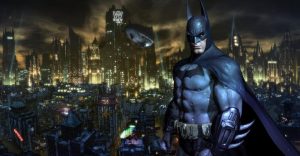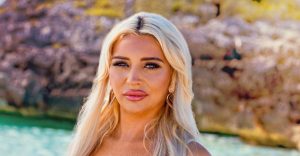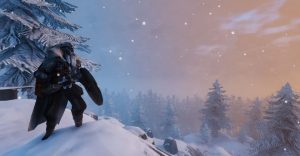X-Men: The Reason Why Some Mutants Have Powers At Birth

Marvel’s mutants traditionally gain their powers at puberty – but a handful of X-Men were actually born with their powers. When Stan Lee first came up with the idea of mutants, it was simply because he was fed up trying to think of origin stories for all the characters he came up with. It didn’t take long for Marvel to build on this idea, turning mutants into a metaphor for the battle for equality.
Most mutants are born with a latent X-gene, one that triggers at the onset of puberty. In the majority of cases, a mutant’s powers are activated by a flood of hormones such as adrenaline or dopamine; that’s why powers tend to flare to life at moments of crisis. In Jean Grey’s case, her telepathic powers were activated when she saw a friend killed in a car accident; in Rogue’s, her absorption abilities were triggered by her first kiss. But, surprisingly, there are a small number of mutants who are actually born with their abilities. The most prominent example of these is Jamie Madrox, aka the Multiple Man.
The scientific explanation for this was provided in Peter David’s X-Factor #11, by another mutant who had been born with his powers, Tryp. According to Tryp, this sub-group of mutants are best understood as “Changelings.” “‘Homo superior’ did not spring into existence overnight,” Tryp explained. “Before them, there were beings like Jamie. Like myself. ‘Changelings.’ ‘Replacement people.’ ‘Killcrops…’ That’s my favorite. We were blamed for poor harvests. Heh. And ninety-nine times out of a hundred, we were murdered in infancy. But nature is ever adaptive. ‘Homo killcrop’ gave way to homo superior, and the lethal change was buried until adulthood, upping the survival likelihood.“

Jonathan Hickman’s X-Men relaunch has rewritten the history of the mutant race, confirming there have always been mutants – and they have always been the victims of prejudice. In days long past, they were known as “witchbreed,” suggesting the history of anti-mutant violence – from the Valais witch trials of the 15th century to French legends like the Beast of Gévaudan – was partly directed against mutants. Interestingly, there’s some evidence the X-gene manifests in very specific ways in different ethnic groups; Anglo-Saxons apparently have a predilection towards earth manipulation, while Judaic mutants included tribes called the Cheyarafim and Neyaphem, mutants who became the basis for legends of angels and demons.
As Tryp rightly states, Changelings would not have survived their infancy because babies are far more vulnerable. But it will be interesting to see what happens now all the world’s mutants have gathered on the island of Krakoa, and Changelings are no longer at risk. It’s possible they will become much more common.
About The Author


















